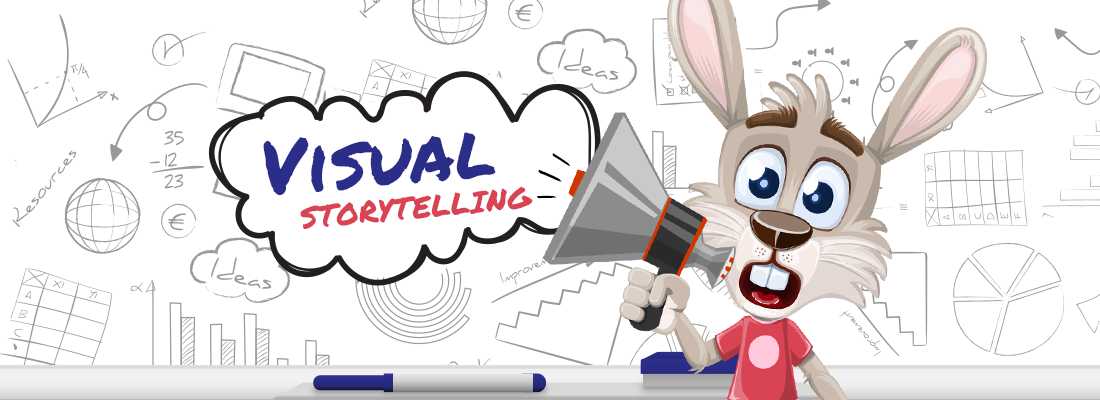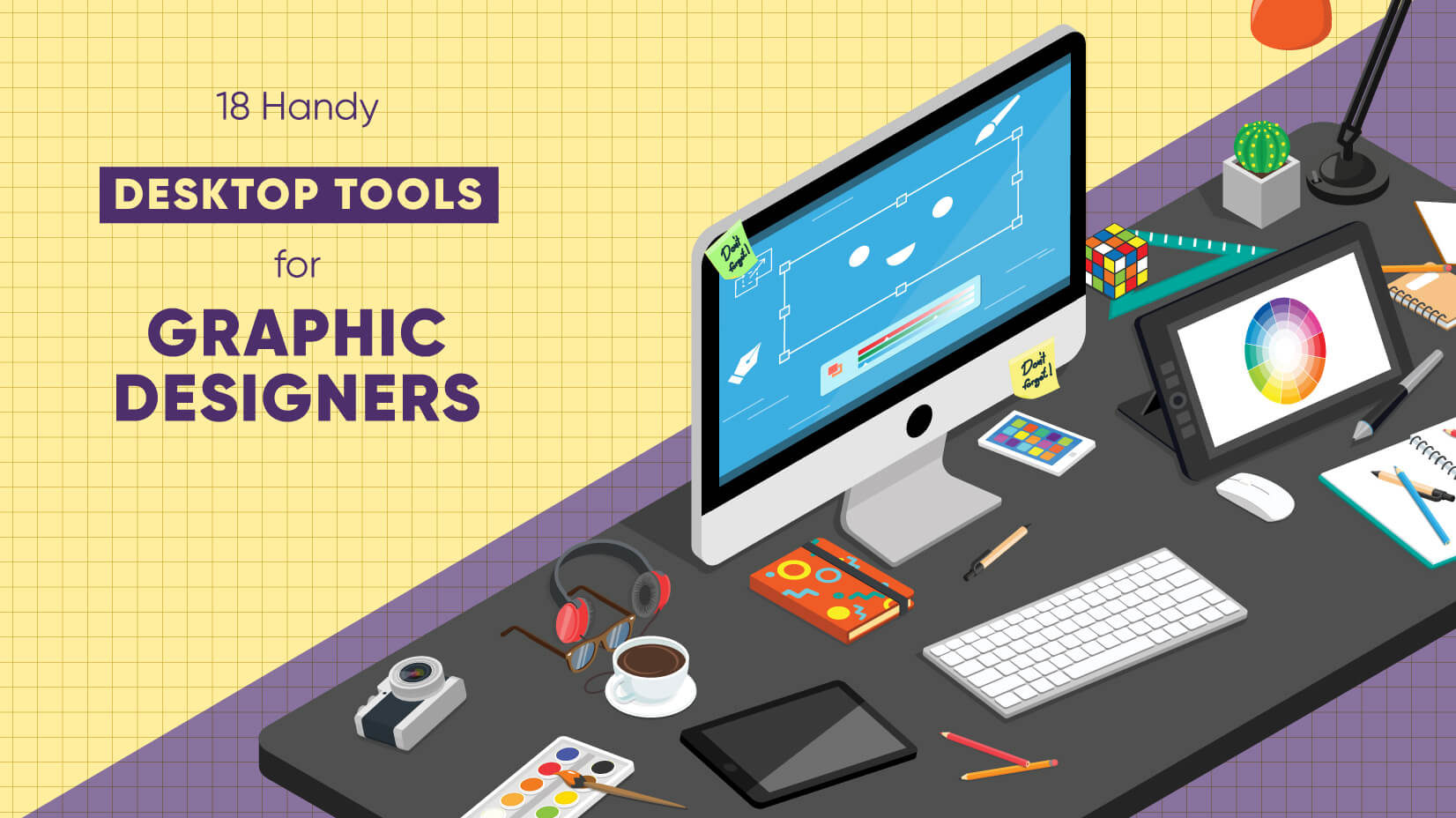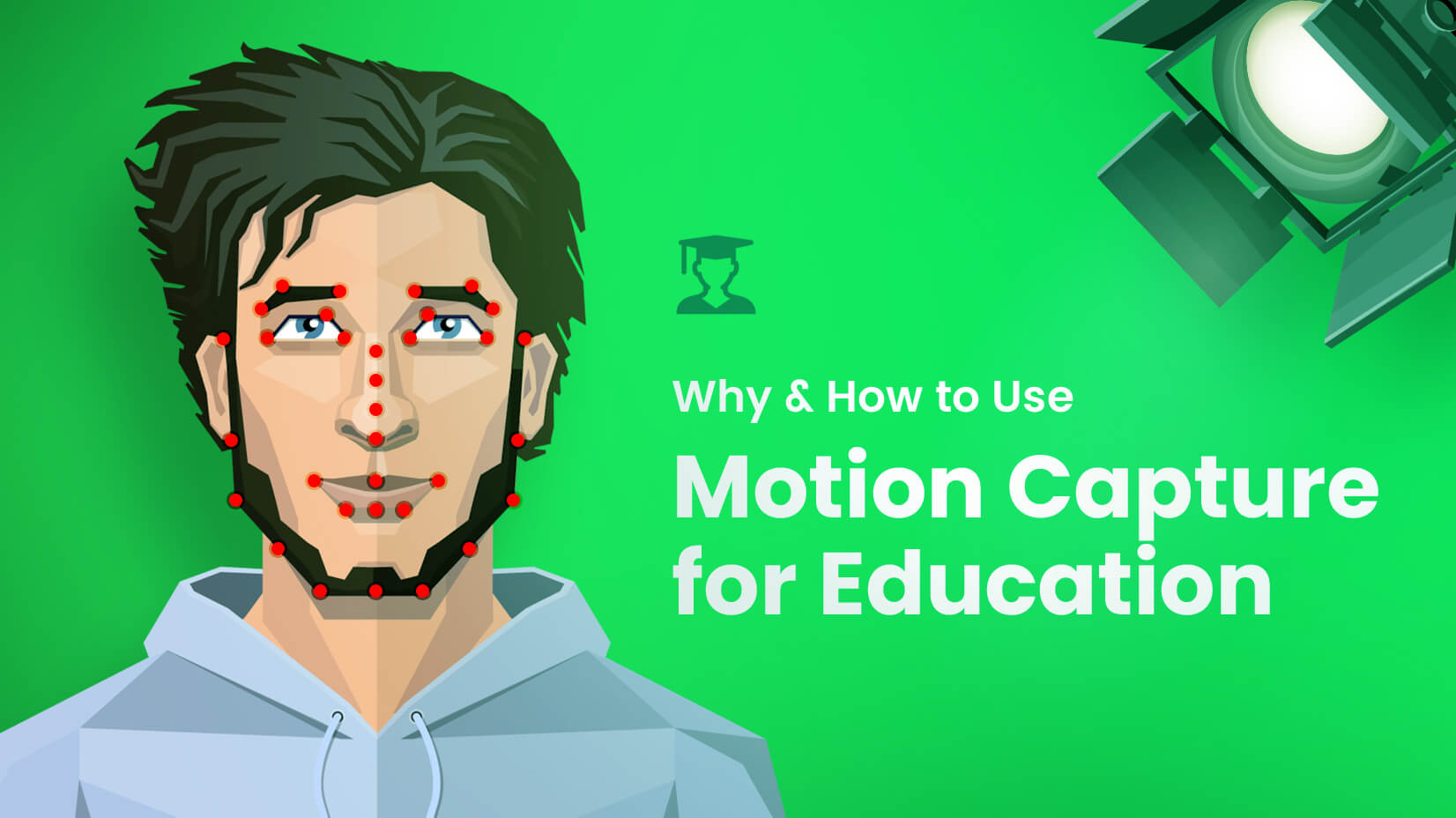
Logo design software is thriving, as developing a logo that expresses what your business is about is vital for making an impression. Whether you’re launching a new company or undergoing a rebrand, creating a logo that effectively communicates what your company is about can make the difference.
Is the powerhouse in the industry, Adobe Illustrator, required, or can you opt for an alternative that can also do the job? In this article, we will review the ten best logo design apps you can have at the moment.
Article overview:
1. Adobe Illustrator
| Subscription: $20.99/mo(annual, billed monthly) | Platform: macOS, Windows | Skill level: Advanced |
Illustrator is arguably the most versatile solution on our list. It is a robust logo design software, but it excels in so many other areas: you can use it for package design, print design, and graphic design, and you can even use it for creating web elements.
Advantages:
✔️ Multi-functional – Adobe Illustrator is an all-in-one program for all kinds of vector tasks. No matter what you want it to do, it will do it.
✔️ An industry standard – most of the biggest companies in the world use it, which makes file sharing easier, and it is often required in job descriptions.
✔️ Lots of learning material – because it is recognized as vector software number 1 in the world, there are plenty of Adobe Illustrator tutorials out there.
Disadvantages:
❌ Very expensive – there is no option to buy Illustrator. On top of that, a subscription is costly (starting from $20.99/month)
❌ Hardware-demanding – it is a very heavy program. For example, for Illustrator 2022, you’d need at least a decent multicore CPU, 8GB of RAM (though 16GB are recommended) plus 4GB VRAM.
❌ Steep learning curve – while it has plenty of available features, Adobe Illustrator is very hard to learn, and it takes time to master all the tools you have available.
2. CorelDRAW
| Subscription: $269/year or $549 one-off | Platform: macOS, Windows | Skill level: Intermediate |
CorelDRAW is on the market for quite some time now. In fact, it has been the main Illustrator’s competitor for more than three decades now. CorelDRAW is one of the most stacked apps and is probably on par with Inkscape as the best Adobe Illustrator alternative. You can also manage your fonts from a dedicated library or edit raster files.
Advantages:
✔️ Option for a one-off purchase – we’ve been seeing so many companies offering their solutions for subscription models. CorelDRAW allows you to buy the software once and use it forever.
✔️ Feature-stacked – CorelDRAW has many graphic design features and a lot of tools that you can find for professional work.
✔️ Fairly easy to learn – from the more advanced software, CorelDRAW is probably the most effortless one to work with. It also has plenty of shortcut keys which will ease you even more.
Disadvantages:
❌ Hardware-reliant – a few years ago, it was possible to run CorelDRAW with 1GB RAM. Nowadays, it has similar requirements as Illustrator – powerful CPU, 8GB RAM, and 3GB VRAM.
❌ Native format not popular – although it is fairly popular among users, CDR format is rarely used for either print or illustrations where AI is the standard.
❌ It’s priced on the high end – the one-off purchase is over $500. A monthly subscription is $22.42/mo($269/year). Compared to other apps on the list, it appears a fortune.
Which one is better – Illustrator or CorelDraw? Learn more in our detailed comparison.
3. Affinity Designer
| Subscription: $54.99/one-off | Platform: macOS, Windows, iPad | Skill level: Intermediate |
Affinity Designer is one amazing graphic design software. It works exceptionally well with vector files and is quite capable of creating great logos and some outstanding pieces of artwork. Of course, it isn’t perfect but we are certainly delighted with its capabilities, especially for such a price.
Advantages:
✔️ Cheap price – you can buy Affinity Designer for $54.90. For this price, it’s a steal! With some skills, you can get outstanding results.
✔️ Very easy to use – Affinity Designer has a user-friendly UI and can be learned within days, as it is very straightforward.
✔️ Hardware-friendly – you can run Designer even with 2GB of RAM and a decent GPU. That’s much better than demanding programs.
Disadvantages:
❌ Lack of advanced features – while Affinity Designer is pretty decent software, it doesn’t have that many features you may sometimes need.
❌ Lack of tutorials – if you’re a newbie, you will want some web tutorials but you simply don’t have plenty of them. Anyway, we’ve collected some of the best available tutorials available.
❌ Grouping objects – this feature is just not intuitive enough. If you design a logo with multiple elements, you will certainly notice it.
4. Inkscape
| Subscription: Open-source | Platform: macOS, Windows, Linux | Skill level: Advanced |
There’s a lot to love about Inkscape and not much to hate about the program. Why? Because it’s free! Being open-source means you will be flexible with customizations and there are many people who can contribute to the app’s success.
Advantages:
✔️ Totally free – you pay nothing for using the software, so you haven’t wasted any money even if you don’t like it.
✔️ Advanced features – not only is this software good for logo creation, but it’s quite capable for other pro tasks.
✔️ Fully customizable – because it’s open-source, you can customize it whatever you like.
Disadvantages:
❌ Steep learning curve – it’s very hard to learn how to work well with Inkscape. In fact, it’s comparable to Illustrator.
❌ UI is a low priority – the product developers have focused on adding more functions and the UI looks a bit dated.
❌ No support – because it’s open-source, the only support you receive is via the community.
5. Gravit Designer
| Subscription: Free/$99 per year | Platform: Cross-platform | Skill level: Easy/Intermediate |
Gravit Designer is a solid logo-making software. It offers a good value for its money and has a free version, though the latter is very limited feature-wise. Starting from a bet between friends, Gravit Designer was “born in 2011” before being acquired by Corel several years after. It has one of the best progressive web apps (PWAs) available on the market today.
Advantages:
✔️ Cross-platform capability – being able to work on all kinds of devices is certainly a major boost for cross-platform teams.
✔️ Offline work mode – even if you lose Internet access, you can still use Gravit Designer in offline mode if you are a subscribed user.
✔️ Beginner-friendly – the software is very beginner-friendly which means you can learn it fairly quickly.
Disadvantages:
❌ The free plan is limited – while the free plan is good for very basic work, you cannot create a professional logo with it.
❌ It supports up to 300DPI – if the logo has to be printed in small sizes (like 5″ x 7″), having more DPI means sharper details.
❌ Not well optimized – even on powerful computers, Designer still crashes and is very sluggish at times.
6. Hatchful
| Subscription: Free | Platform: Web | Skill level: Easy |
Hatchful is a free logo-making tool created by Shopify about 5 years ago. It uses machine learning to generate a logo depending on your type of business. Hatchful is created for small businesses that cannot afford to hire a designer for professional work.
Advantages:
✔️ Free forever and unlimited downloads – usually, many apps that have “free” services have a catch. Hatchful doesn’t. It’s free forever.
✔️ Logo files for social media channels – every generated logo can be downloaded in the right format for social media channels, plus YouTube.
✔️ software is very easy to use – you don’t need any design knowledge. You just need to select your preferred designs and click “Next” 5 times.
Disadvantages:
❌ Doesn’t support vectors – working with vector files is crucial for professional work. However, all the files downloaded are in PNG format.
❌ Not good for print – since it doesn’t support vector files, Hatchful logos are not good for print which is a huge disadvantage.
❌ Very basic – Hatchful is decent but you don’t have a variety of color palettes, gradients, icons, and fonts which is limiting.
7. Canva
| Subscription: Free/Paid | Platform: Web | Skill level: Easy |
Although Canva isn’t considered a serious name in the professional graphic design world, it is probably the most popular logo software on the market. But why is that? Because Canva works with templates and it allows you to do so, so much. You can work with vectors, you can work with raster files, you can do social media design, as well as graphics for the web. Everything is achievable.
Advantages:
✔️ Free plan – Canva has a free plan which allows you to create a logo, use templates, change fonts, and then download your result.
✔️ Very easy to use – with Canva, you should only select a template, and modify it. There’s nothing complicated about the app.
✔️ You can export in SVG – most of the “generic” logo design solutions allow you to export only in PNG format.
Disadvantages:
❌ You don’t hold the IP rights – even if you build your own logo, you only have user’s rights, which Canva could revoke.
❌ Too similar to other logos– the problem with Canva is popularity. It’s not uncommon to have a very similar logo to others.
❌ Free plan doesn’t support SVG – while you can work with vector files, you should subscribe in order to access it.
8. Designhill
| Subscription: Paid | Platform: Web | Skill level: Easy |
Designhill is a very interesting platform because it can help you create a logo of your own, or you hire a professional designer. There are cheaper and more expensive options, depending on your needs. If you need one-off work, you can get an amazing custom-designed logo for just $125. And you have a money-back guarantee, on top of all!
Advantages:
✔️ Full ownership of your logo – every logo created in Designhill will be owned by you – a small but very important detail.
✔️ Easy to use – you can create a logo in a matter of minutes. You can also use it as a vector file and it’s print-ready.
✔️ Option to hire designers – Designhill gives you the option to hire professional designers to make your logo.
Disadvantages:
❌ Pricing plans are very confusing– we saw several options but the pricing ranges from $20 to $999 – that’s a huge gap.
❌ One-off Basic logo is not worth it – the Basic one-off logo maker doesn’t support vector files and transparent backgrounds.
❌ Standard designs look generic – we were definitely not impressed with the standard designs generated by AI.
9. Looka
| Subscription: $96/$192 per year | Platform: Web | Skill level: Easy |
Looka is another logo design software that utilizes artificial intelligence (AI) to generate custom results. You need to select your brand name, and industry, as well as pick a slogan. Then, the “magic happens”. It’s a very straightforward app and it allows you to subscribe for a brand kit as well.
Advantages:
✔️ Full ownership of your logo – even after your subscription expires, you can still retain ownership of your logos.
✔️ Easy to use – Looka is very similar to Designhill. You can create a logo within minutes. All you need to add is a few details.
✔️ You can create a brand kit – you can subscribe to the brand kit and have access to plenty of features and even an AI website.
Disadvantages:
❌ Logos look generic– there aren’t a plethora of options to create a stunning design, some logos look generic.
❌ Not flexible enough – for decent logos, Looka does the job but you cannot create complicated tasks on it.
❌ The Basic logo isn’t worth it – honestly, for $20 you don’t get much value. You should use the Premium Logo package, which costs $65.
10. Tailor Brands
| Subscription: From $3.99-$12.99/mo(if paid annually) | Platform: Web | Skill level: Easy |
Tailor Brands is a very intuitive all-in-one platform for brands. Why platform and not logo software? Because it lets you do so many things. You can even register an LLC with Tailor Brands. It gives you a broad spectrum of services that can ease your work.
Advantages:
✔️ A suite of services – you can use Tailor Brands for many tasks, as there is a range of services.
✔️ Easy to use – since you generate an AI logo, the process is simple, and you get a result quickly.
✔️ Great results – the generated logos from the AI look like they’ve been made by a designer.
Disadvantages:
❌ No free version available– it would be a good idea to have a free version available.
❌ Only subscription model – there isn’t an option to buy your logo. You should subscribe.
❌ There aren’t customization options – while the results look good, you can only make minor tweaks.
Conclusion
There are plenty of logo design software options on the market. Depending on your needs, you can pick a more advanced tool that can help you create a superior logo or create a more generic yet very easy logo. The truth is – it all depends on your needs. Do you really have to sell an upmarket product, or you can satisfy yourself with decent designs and more comfort when managing your brand?
If you found the content helpful, why don’t you look at some of our other logo-related articles:











